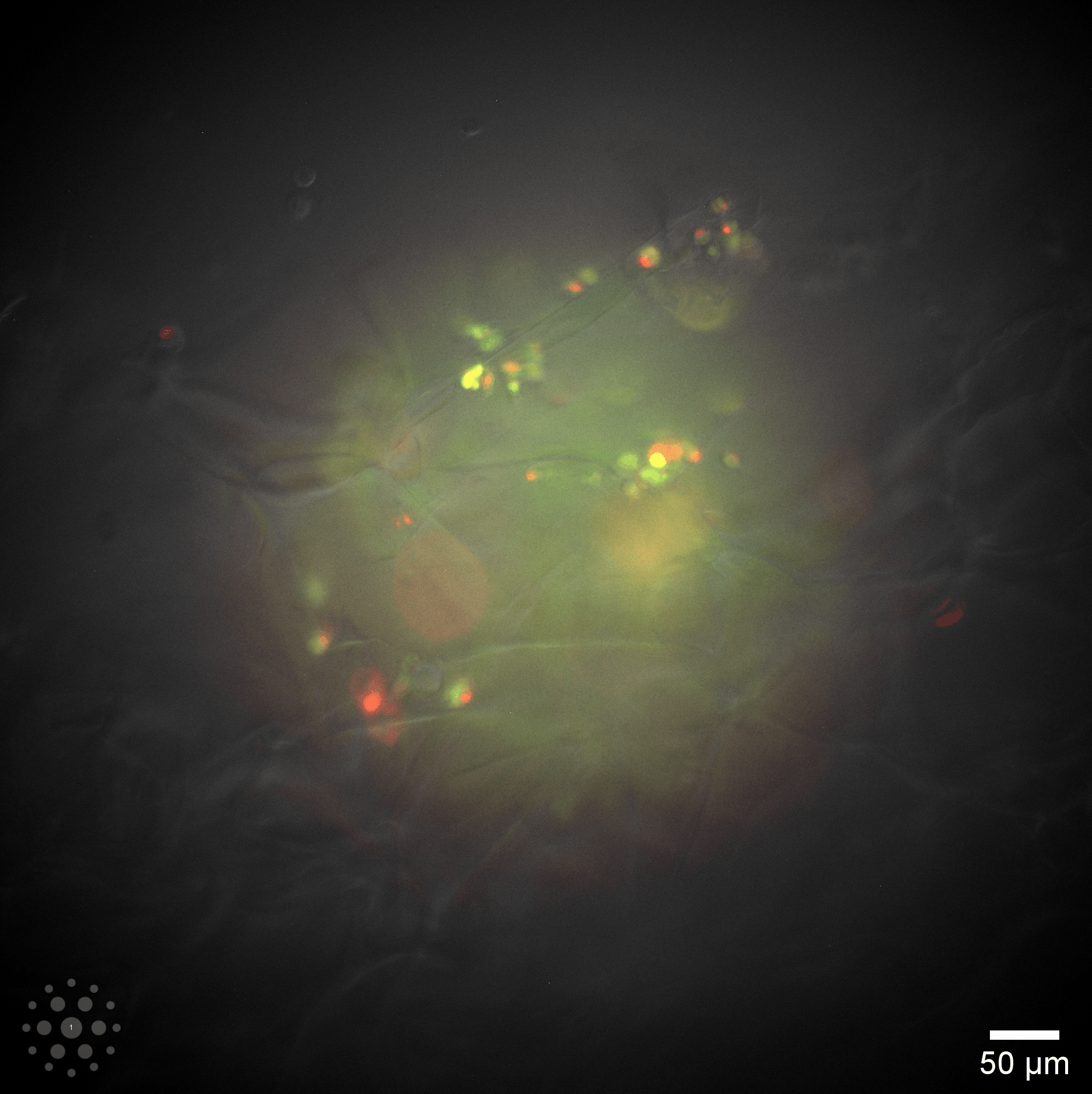
We use cookies to ensure that we give you the best experience on our website. If you continue to use this site we will assume that you are happy with it.
Ok ✕

Mechanical Enginering Project Lead Trevor Nienaber with the SpaceX CRS-24 CubeLab Investigation “Space Tango-Hematopoietic Stem Cells.”
The SpaceX CRS-24 Dragon cargo ship splashed down on January 24th in the Gulf of Mexico off the coast of Florida returning a CubeLab investigation on the aging in blood, also known as hematopoietic, stem cells and the transformation of these cells into cancer cells. Initial post-flight analysis revealed a successful live return of hematopoietic stem cells were successfully returned to Earth. This demonstrated live-return assures cell viability that will allow our partners to study the physiological health of stem cells in response to being in the extreme microgravity environment.
“If we can find early predictors of cancer progression on the ISS, we are ideally positioned to rapidly translate them into clinical trials … back on Earth,” shared Principal Investigator Catriona Jamieson during the initial announcement of a NASA Research Announcement award to develop a new integrated space stem cell orbital research laboratory on the ISS.
Transduced Stromal Co-Cultures of Human Bone Marrow in Microgravity, also known as Space Tango-Hematopoietic Stem Cells, investigates aging in blood (hematopoietic) stem cells and the transformation of these cells into cancer cells. The data from this investigation provides important insight into those processes and may lay the basis for the discovery of novel strategies to detect, prevent, and stop the development of certain blood cancers.
This is investigation is in partnership with the NASA-funded UC San Diego Integrated Space Stem Cell Orbital Research (ISSCOR) laboratory – a platform to enhance existing and develop innovative technologies that will drive academic, philanthropic, and industry demand for the utilization of low Earth orbit (LEO) capabilities.


Exposure to microgravity in low-Earth orbit can speed up both processes, simulating aging and enabling the study of cell response to injury, capacity for repair, overall stem cell fitness, and evolution of blood cancers. This study could support the development of new ways to prevent, detect, and treat certain blood cancers.
Operating in the microgravity environment is, presently, unique to the International Space Station. Such investigations cannot be conducted on Earth and require uniquely designed subsystems that allow us to assess the impact that a reduced force of gravity has on science. Developed with this in mind, the Space Tango Cell Culture CubeLab provides a flexible subsystem package for applications in regenerative medicine. The automated Cell Culture CubeLab for this investigation is designed to help to maintain the viability of hematopoietic stem cells and is predicated on the utilization of ISSCOR nano-bioreactors. This integrated system is equipped with a thermal management system, a microscope imaging system known as TangoScope, and fluid routing systems to transport media to and from cells.
While on the International Space Station, we worked collaboratively with our partner throughout the 30-day mission duration to evaluate and quantify the cell’s immune response and function. Space Tango downlinked over 6000 images from the flight payload and over 3000 additional images from the ground unit in near real-time allowing the UC San Diego ISSCOR mission operations team to make observations throughout media changes. Supported by our TangoScope™ automated capabilities, software engineers were able to adjust preset imaging locations to accommodate for any shifting or movement cells may have experienced from both the launch and from being in a microgravity environment. Fluorescence images were post-processed to create composite images to share with UC San Diego in near real-time.


Welcome Home!
Upon returning to Earth, the CubeLab was returned to Space Tango at the Kennedy Space Center Space Station Processing Facility where team members greeted the CubeLab and removed biological samples. Following this de-integration process, the space-faring stem cells were returned to the University of California San Diego for further analysis revealing the successful live return of stem cells using CubeLab hardware. This demonstrated live-return assures cell viability that will allow our partners to study the physiological health of stem cells in response to being in the extreme microgravity environment.
Flight and ground control sample analysis is currently underway. Thousands of raw fluorescent microscope images were shared with the UCSD team allowing the partner to further analyze the impact of the microgravity environment on hematopoietic stem cells. An analysis of the microgravity investigation is underway with the support of data from an asynchronous ground control unit and will provide helpful information to support the next launch of this investigation on SpaceX CRS-25 scheduled to launch in June 2022.